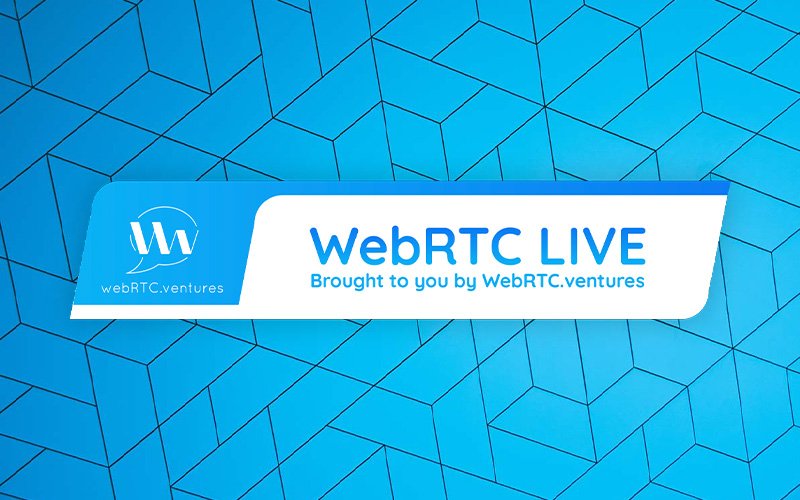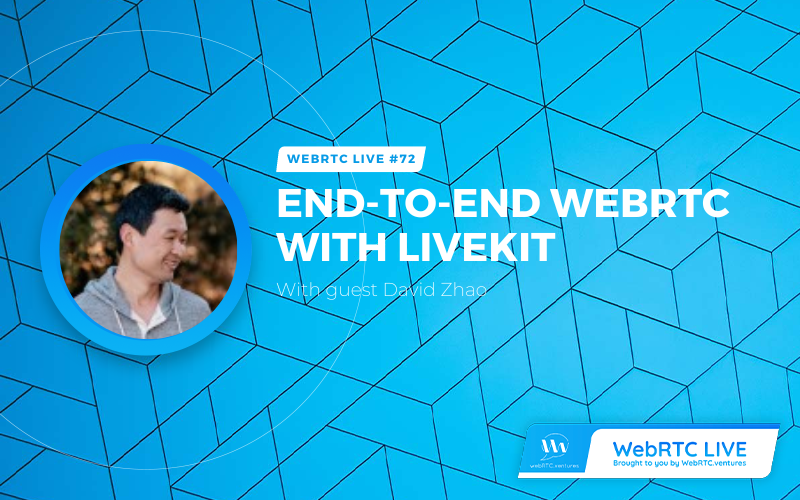
Watch all the talks from the WebRTC & Real Time Applications track of the 2022 RTC Conference right here! Talks on Janus, Kamailio, the Metaverse, Zoom, WebCodecs, WebTransport, end to end efficiency, WebRTC CPaaS Optimizations, the RTCDataChannel API, open source trends, and more!

For our 72nd episode of WebRTC Live, Arin was joined by David Zhao, CTO and Co-Founder of LiveKit. LiveKit is an open source, end-to-end stack for WebRTC. Launched just 15 months ago, its progress has been accelerated by excitement among WebRTC developers and the open source community.

For our 71st episode of WebRTC Live, Arin welcomed Chad Hart back to WebRTC Live for an analysis of recent open source trends, highlighting today’s most popular WebRTC-related open source repositories.

The schedule for our WebRTC and Real-Time Communications Track at the IIT Real Time Communications Conference has been published. Our track will run October 11 and 13. Register to attend the conference virtually right now – it’s free!






